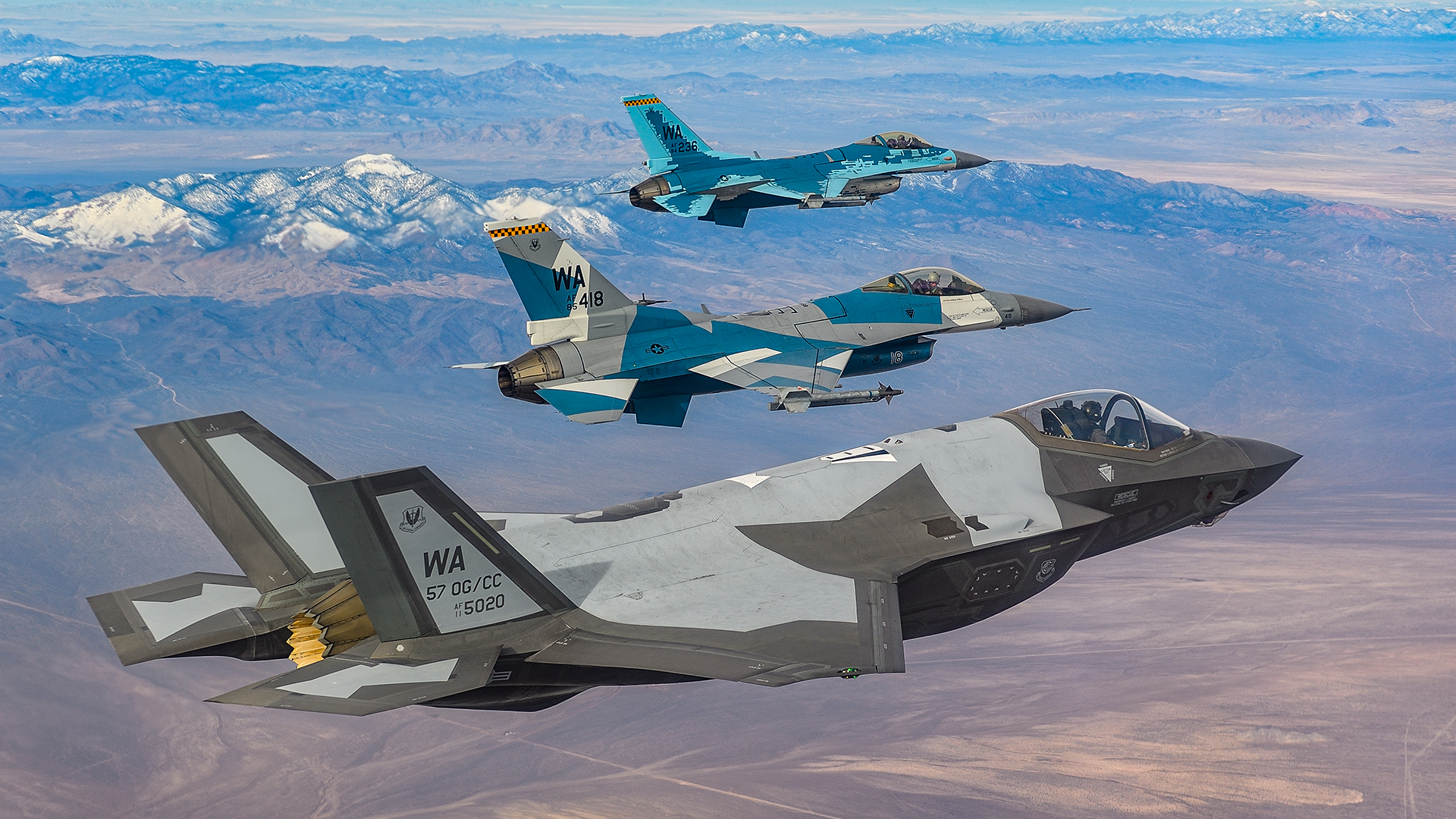“I would say we are more valid now than ever before. With the Secretary of the Air Force and Secretary of Defense saying their focus is China, China, China, that’s what we are here for. We are here to embody and replicate our enemies to the best of our ability,” says Lt. Col. Christopher “Vön” Finkenstadt, F-16 pilot, and commander of the U.S. Air Force’s 64th Aggressor Squadron (AGRS), at Nellis Air Force Base, Nevada.
Finkenstadt cites the message from his boss, Maj. General Case Cunningham, commander of the USAF Warfare Center, regarding “the pacing challenge of China,” and the USAF aggressors’ mandate to accurately replicate that threat.
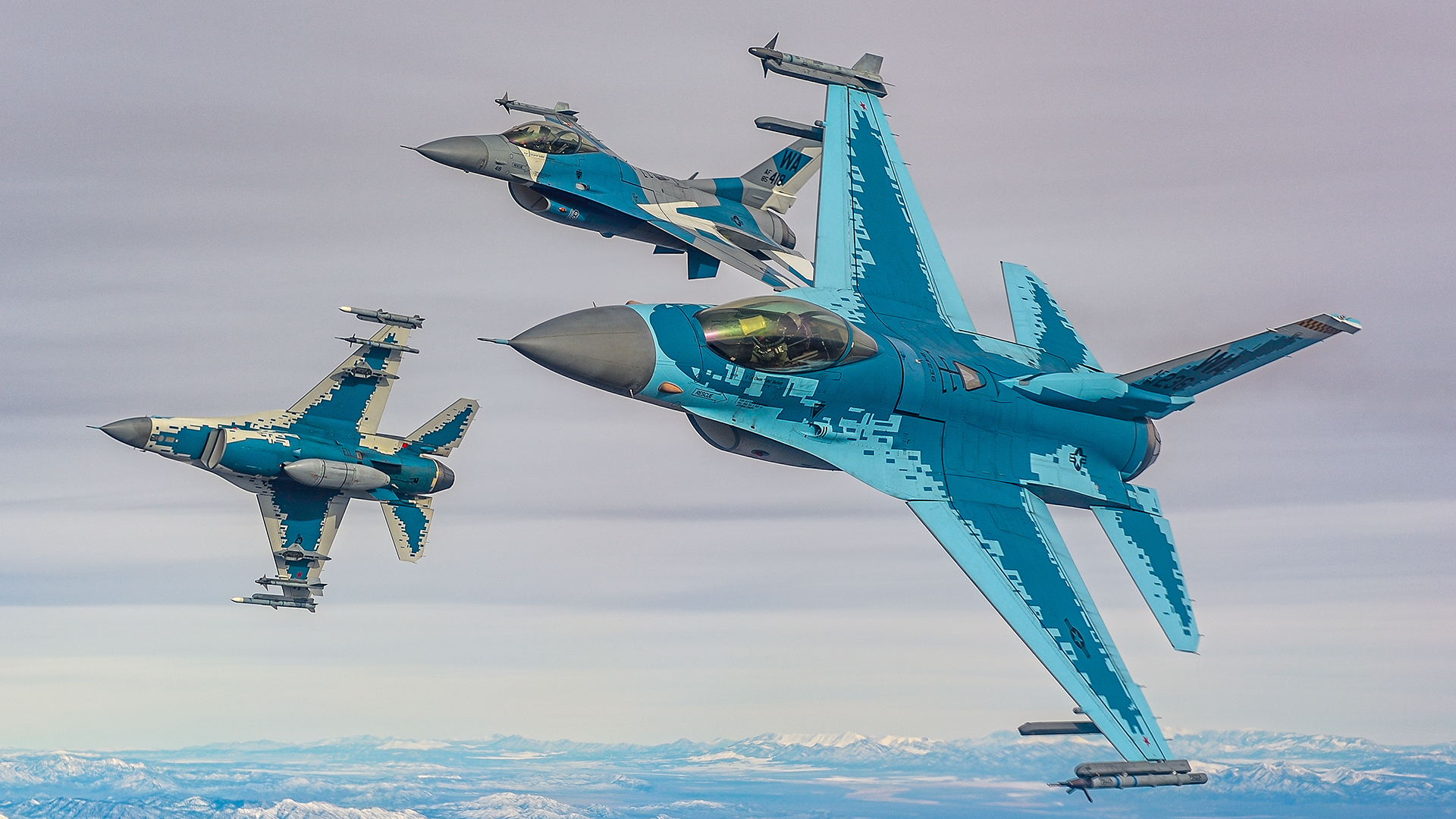
“The need for aggressors has gone absolutely through the roof, so we are here to provide the absolutely top-notch replication for our blue forces to make them the best that they can be should we have to go to war,” Finkenstadt told The War Zone in an exclusive interview. “We focus and we study what we are seeing out of our enemies, and that way we can replicate it to the best of our abilities. Our focus is to provide the most deadly case of action, not a likely case of action, and provide the most capable adversaries for our blue forces to face.”

The War Zone was granted unprecedented access to the Nellis-based aggressor squadrons for this feature, with a brand-new set of aerial images of the units’ specially-painted F-16s and F-35s captured to help mark 50 years of the USAF aggressors. In October 2022, the USAF celebrated the 50th anniversary of its aggressor forces, with a huge reunion held in Las Vegas to commemorate the occasion.
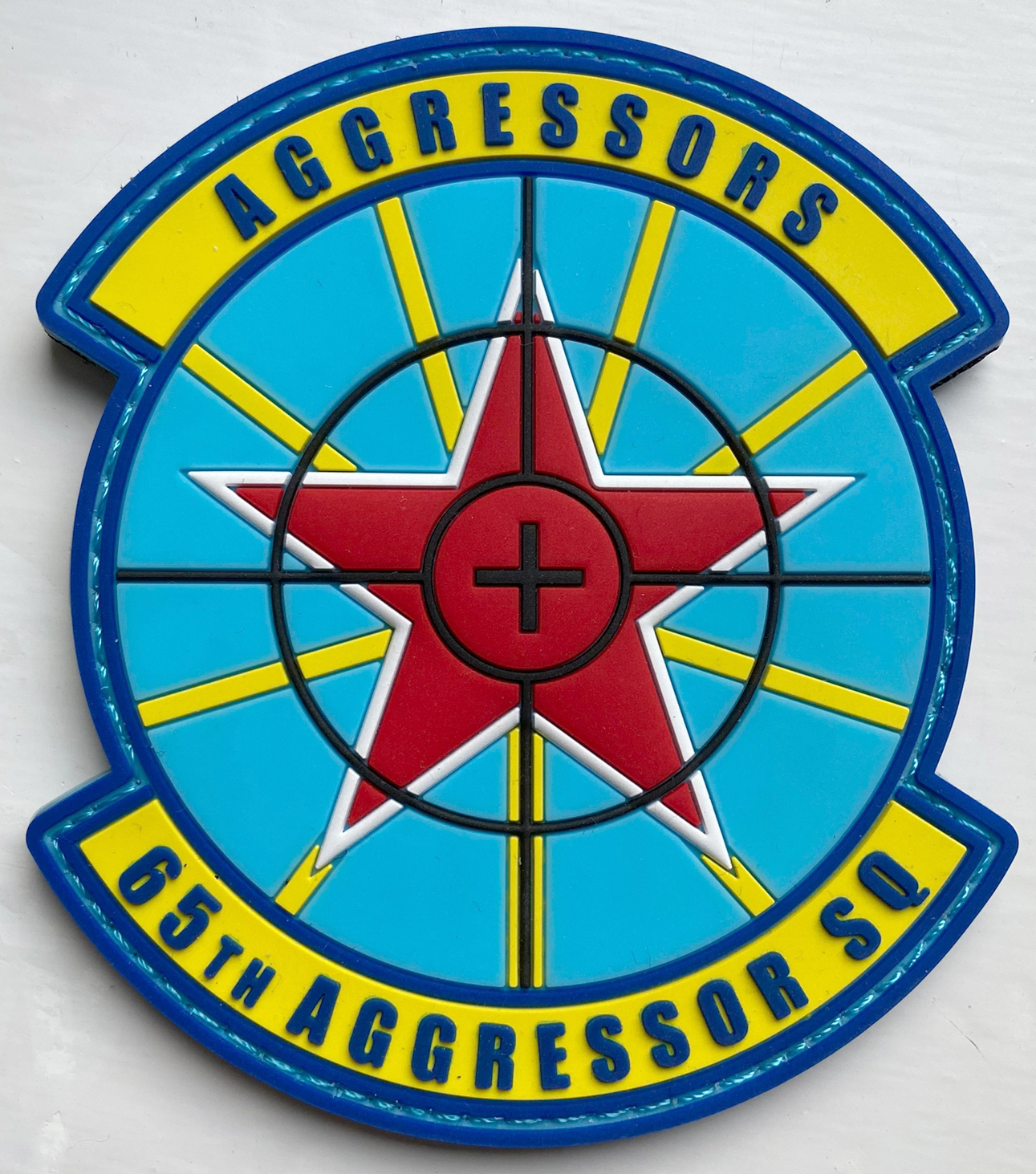
The USAF aggressors were established in the wake of the Red Baron study, which evaluated the air war over North Vietnam in extreme detail. It researched and spelled out exactly why there had been such a dramatic change in the outcome of air-to-air engagements in the conflict. In the Korean War, USAF pilots achieved a 10:1 kill ratio over North Korean and Chinese adversaries, but when it came to Vietnam, this fell significantly, and by 1968, the kill ratio was down to just 2.5:1.
The USAF’s studies found that its squadron aircrews weren’t sufficiently exposed to dissimilar air combat training, or DACT, which involves practicing fighting against different aircraft types. Typically, the squadrons mainly trained at the unit level, with F-4 Phantom II aircrews, for example, ‘fighting’ fellow unit members in the same aircraft type. Moreover, its pilots weren’t sufficiently exposed to enemy tactics.
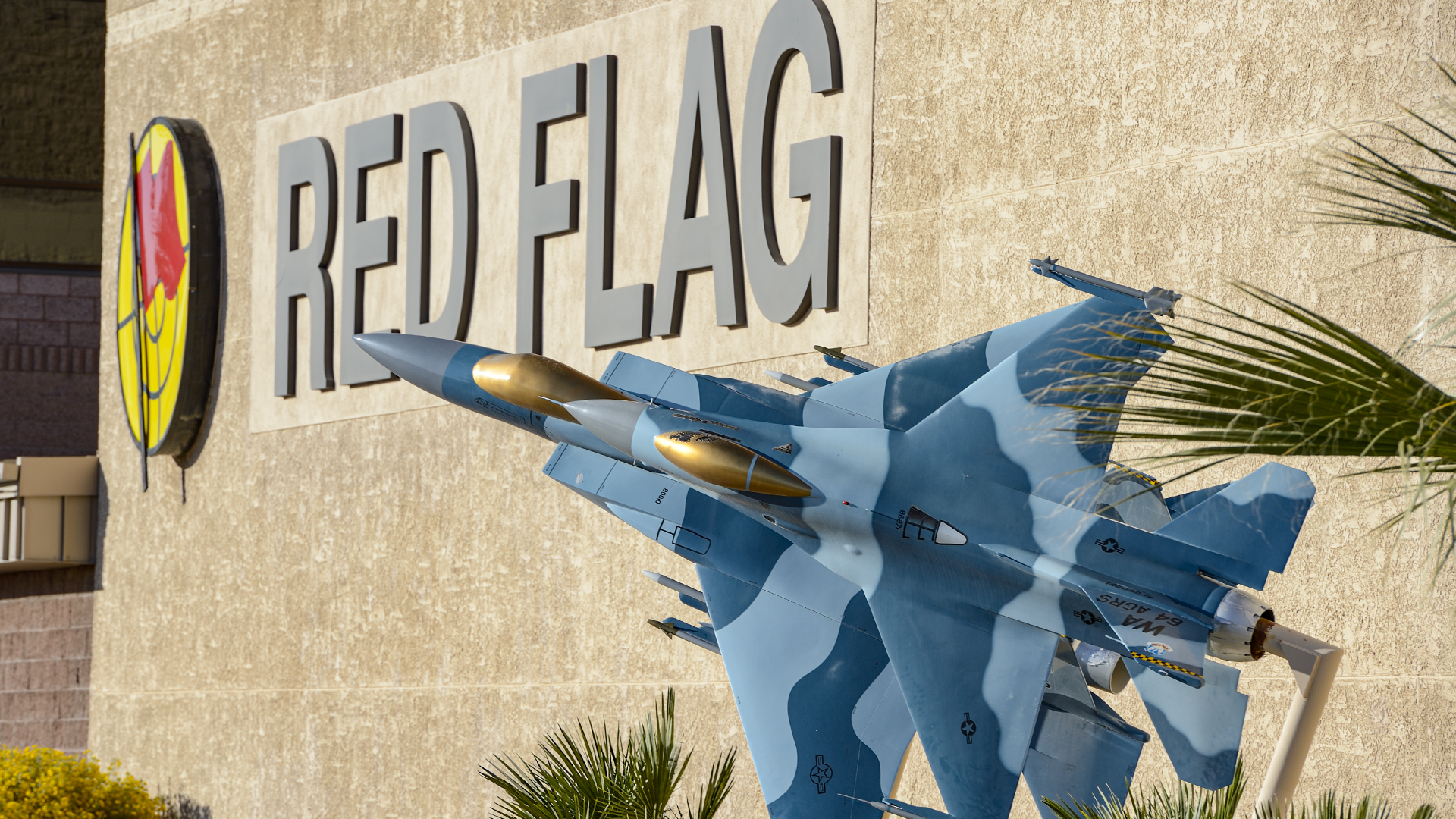
“In the Vietnam War the USAF kill ratio nose-dived,” says Finkenstadt. “So, the USAF decided to establish a more risk-forward training environment.” The 64th Fighter Weapons Squadron was subsequently established at Nellis in 1972, initially equipped with T-38s and then with F-5Es, with pilots who were specially trained to replicate enemy tactics. This mission helped pave the way for the large-scale Red Flag exercises that began in 1975 and were designed to give pilots a taste of actual combat but in the safety of the skies over Nevada.
In addition, select pilots were trained to operate acquired threat-nation fighter aircraft under the 4477th Test and Evaluation Squadron “Red Eagles,” with squadrons then exposed to these ‘assets’ in dedicated training situations. You can read more about these activities here.
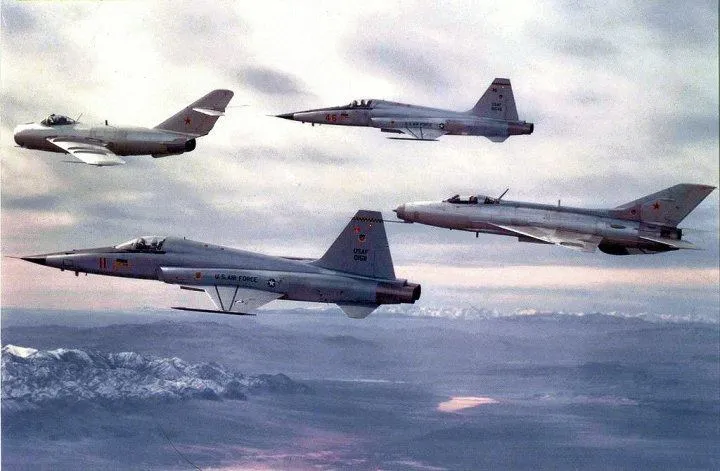
Located adjacent to Nellis, the Nevada Test and Training Range (NTTR), or ‘Nitter,’ is the largest instrumented range in the free world. It acts as an intrinsic part of the overall Nellis infrastructure and is essentially the aggressors’ training ground, where they can ply their trade and vex resident and visiting units.
The NTTR encompasses 12,000 square miles of airspace, equating roughly to the size of the combined States of Maryland and Delaware. It’s peppered with weapon systems that realistically replicate real-world enemy threats and with realistic target sets, which when combined with the aggressors, are widely recognized as the most replicative of high-stakes aerial combat training.
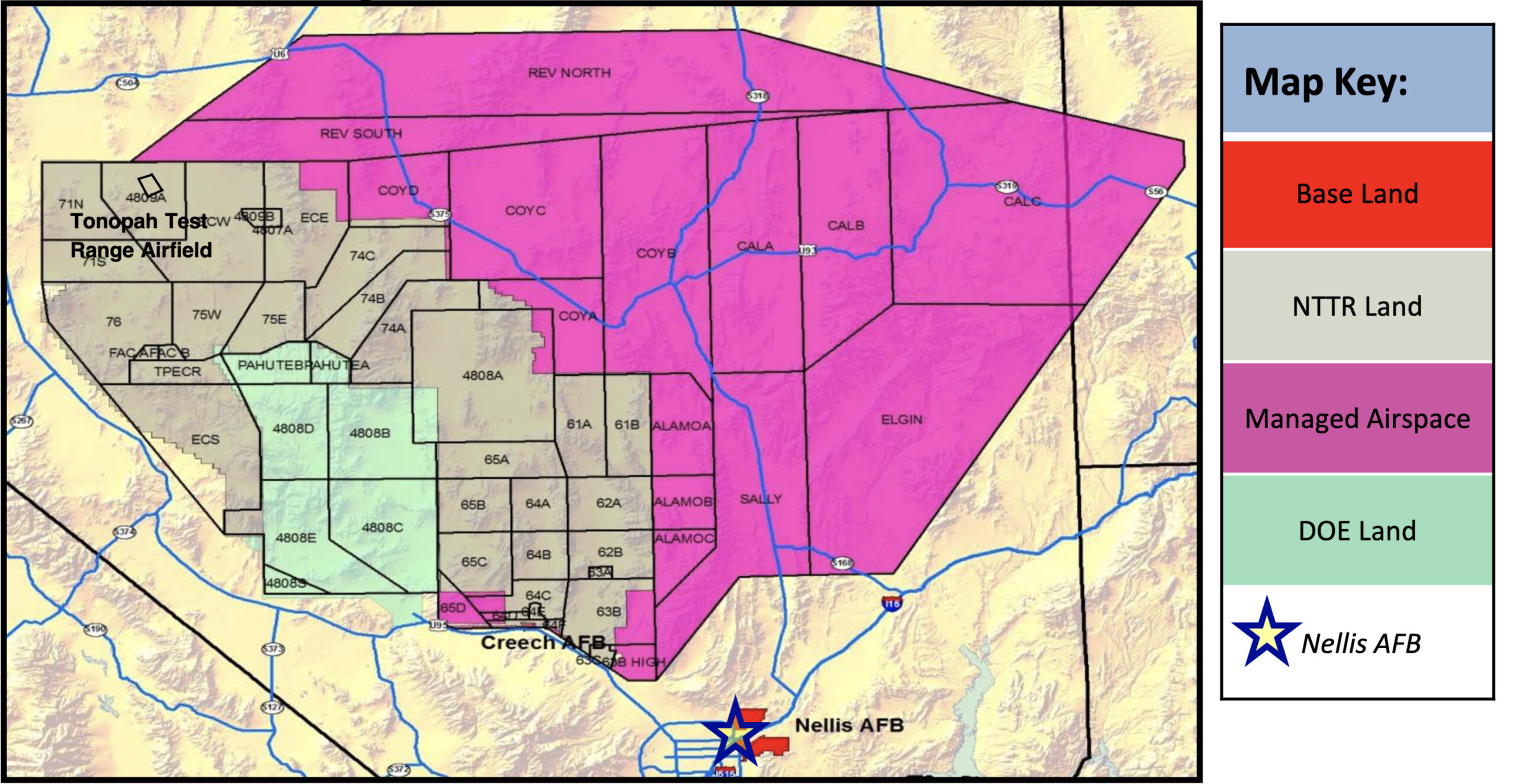
Nellis and Eielson AFB in Alaska are the only two bases in the Air Force to feature in-house 4th generation-plus aggressor squadrons — with the respective 64th and 18th AGRS both currently flying F-16C/Ds. The 65th AGRS flew F-15C/Ds from Nellis from 2005 until it was deactivated in 2014 as a result of sequestration budget cuts; it has since been reactivated, flying fifth-generation F-35A steath jets.
The closure of the 65th AGRS amid a burgeoning need for high-end threat replication as part of training at Nellis attracted a pathfinder contract with commercial red air provider Draken International to supplement the remaining in-house aggressors. That contracted solution was aimed at providing a mass of lower-end capabilities to primarily stress aircrews involved in missions from the USAF Weapons School. However, in mid-2022, Air Combat Command (ACC) elected to end Draken’s activities at Nellis, instead opting to reactivate the 65th AGRS with F-35As.
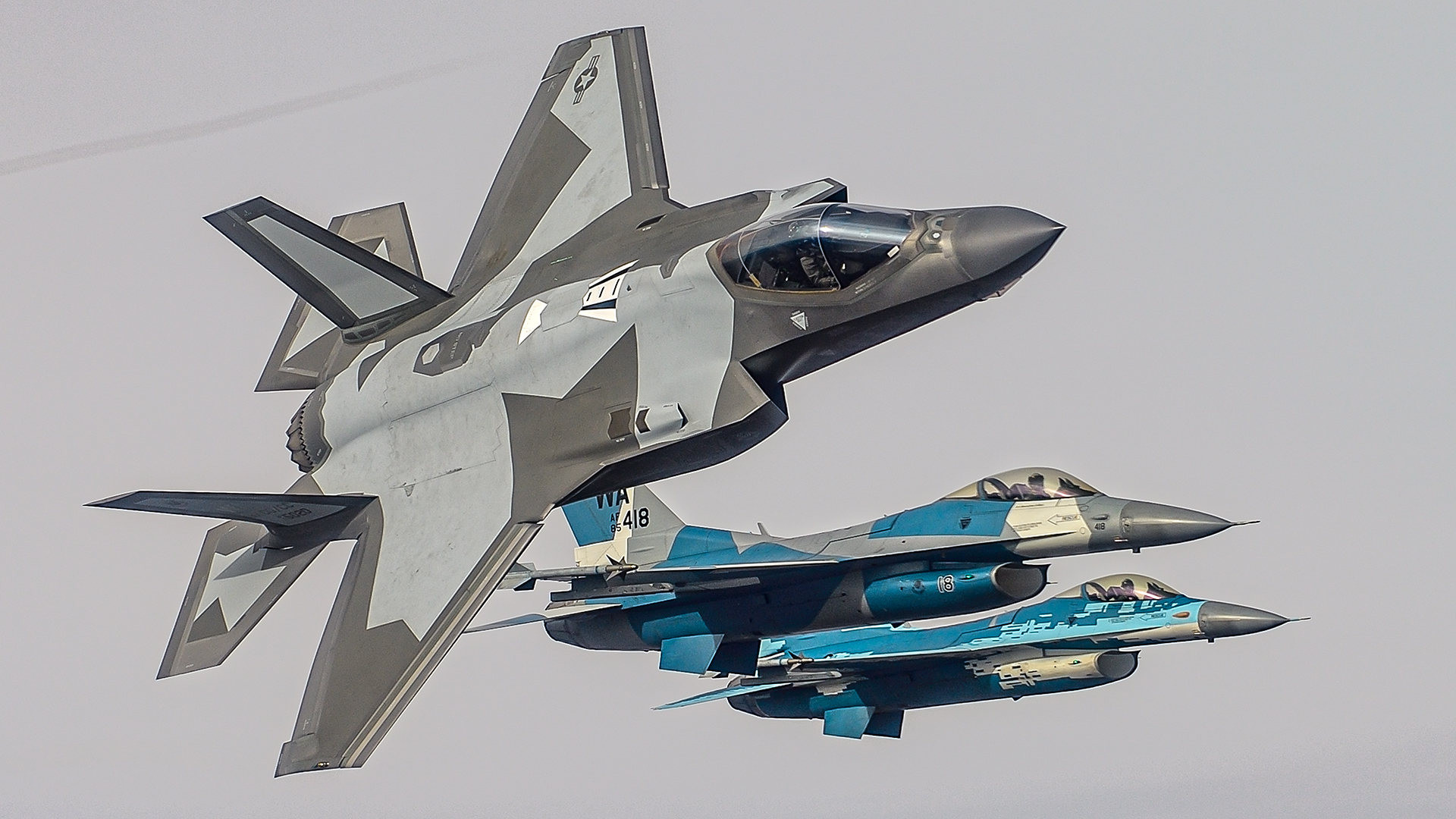
Lt. Gen. David Nahom, the deputy chief of staff for plans and programs, told the Senate Armed Services Committee in May 2022 that contract adversary air (ADAIR) companies are not able to provide a worthwhile aggressor capability for training at Nellis or at the Joint Pacific Alaska Range Complex (JPARC) in Alaska, so ACC was instead focused on creating an in-house F-35 aggressor force. Air Force Magazine reported that Nahom said: “What we’re finding, now… is these contracts aren’t very effective at Nellis in the high-end training environment. What they provide is not giving us what we need.”
The increased emphasis on a highly capable ‘peer’ adversary led to the USAF bringing more of the Nellis aggressor work in-house — up-sizing the F-16 fleet under the 64th AGRS, and re-establishing the 65th AGRS with early-Block F-35As. Meanwhile, contract ADAIR has been determined to be more appropriate for serving USAF Formal Training Units (FTUs), which require a less sophisticated threat.
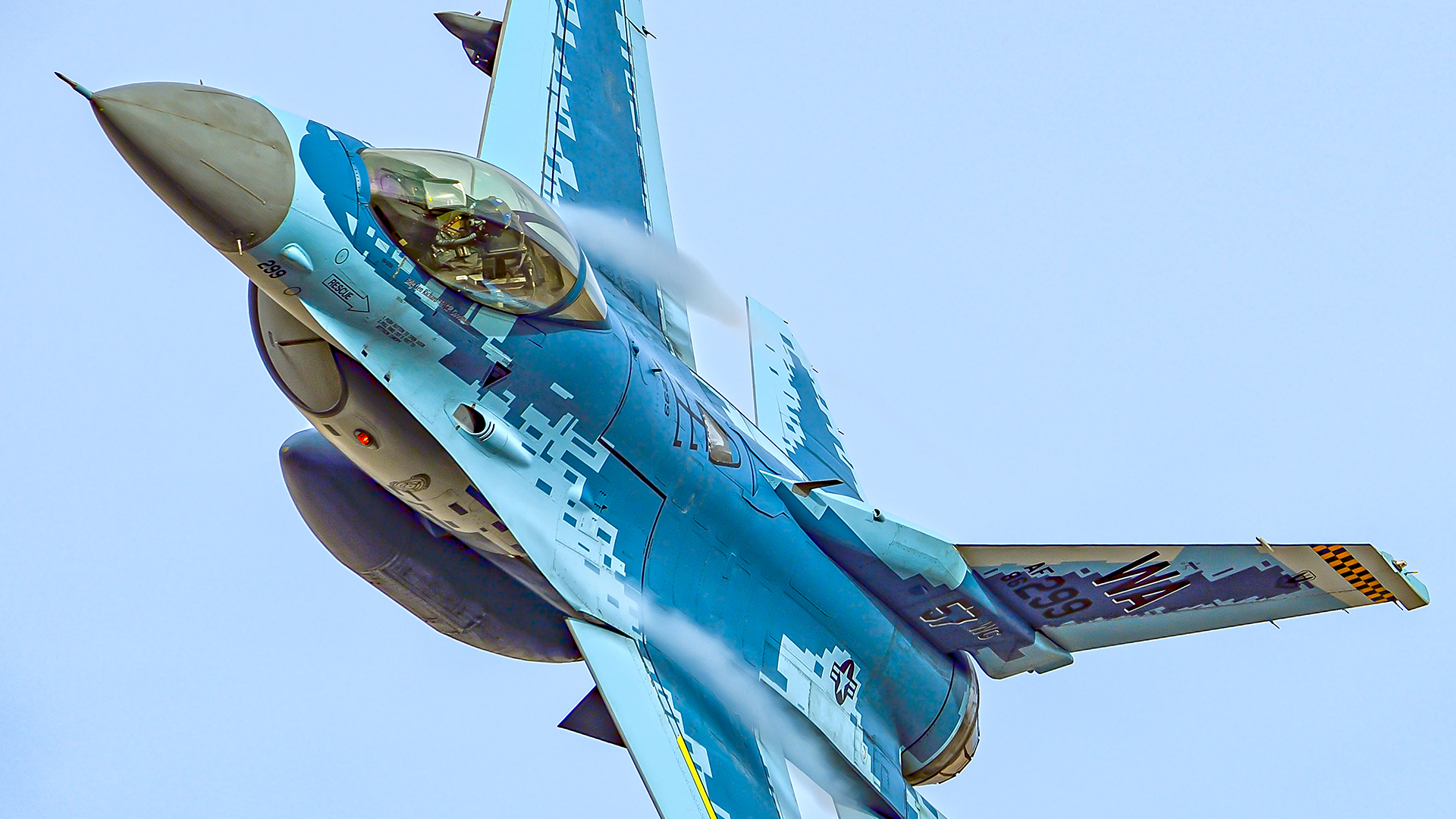
“Due to the growing threat posed by PRC [People’s Republic of China] fifth- and sixth-gen fighter development, we must use a portion of our daily fifth-generation aircraft today at Langley, Elmendorf, Hill, Eielson, and now Nellis, to replicate adversary fifth-generation capabilities,” said Air Combat Command Commander Gen. Mark Kelly during the reactivation of the 65th AGRS. “Precisely because we have this credible threat, when we do replicate a fifth-gen adversary, it has to be done professionally. That’s the aggressors.”
“The 65th will focus on China, and we’re talking about doctrine, their training, and their capabilities, so that when [the 65th AGRS is] flying, we are actually modeling the pacing challenge as closely as we can. Using the F-35 as an aggressor allows pilots to train against low-observable threats similar to what adversaries are developing.”
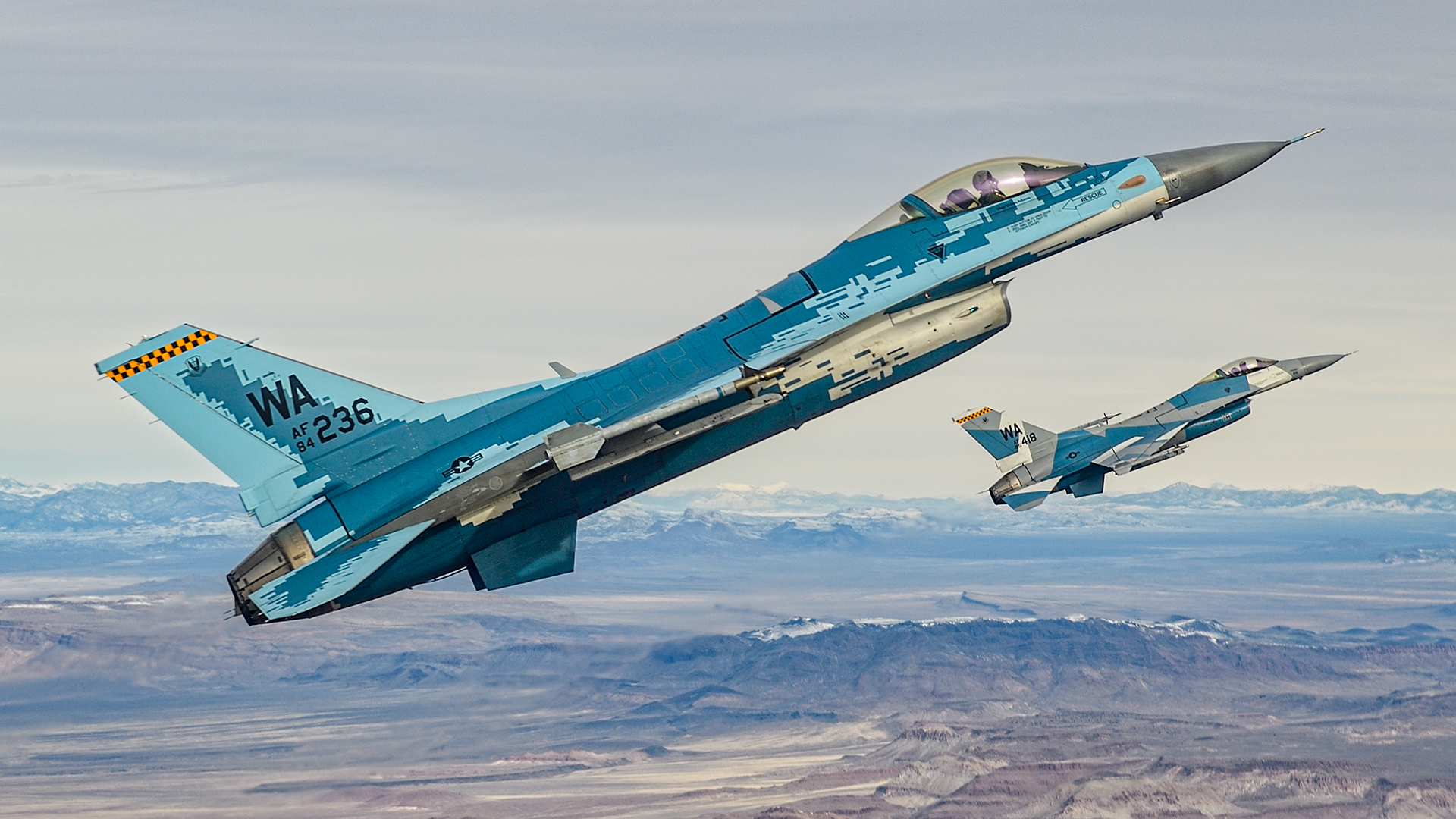
Similarly, as the aggressors evolve, so does the NTTR. “We are working to modernize our threat systems on the NTTR to keep up with replication of our adversaries, adding new systems such as advanced surface-to-air missiles [SAMs] that are out there,” explains Col. Michael “Hook” Rider, the commander of the NTTR.
“We constantly refresh the targets themselves on the NTTR, and as many as we can possibly manage can have live or inert weapons employed against them. We strive to make them threat-representative based on what we see from our intelligence and what we see in the real world from our potential adversaries.”
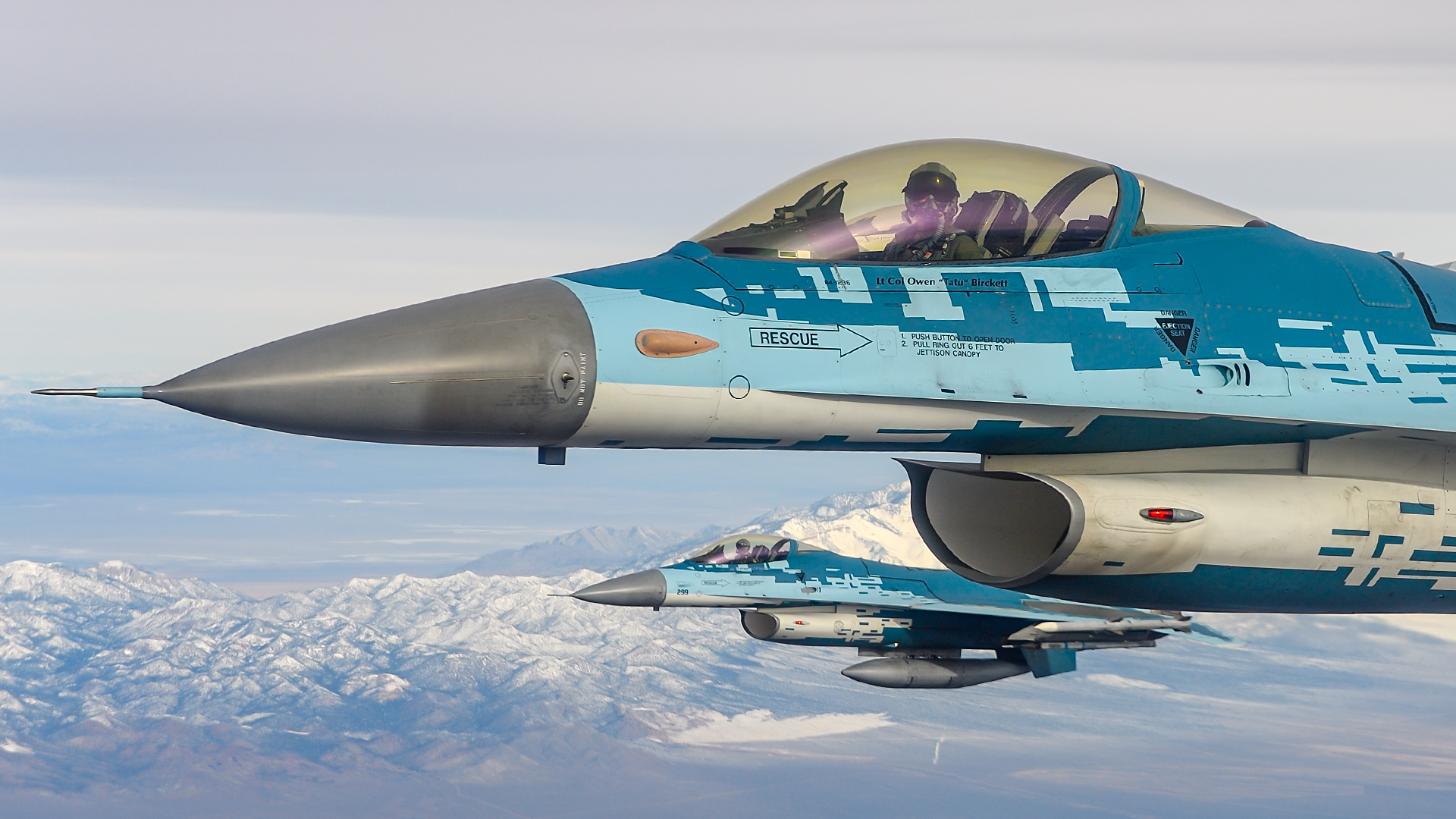
The 65th AGRS was reactivated on June 9, 2022, at Nellis, and it is being equipped with early-production F-35As, the first of which was revealed at Nellis on the same day in a new aggressor scheme. Lt. Col. Brandon “Napalm” Nauta, the squadron’s commander, told The War Zone: “The F-35 offers a unique adversary air platform that allows us to tailor, through mission planning software, the jet to replicate the desired red air aircraft. These settings are determined by my squadron with the help of the intelligence community. The F-35 is already uniquely equipped to adapt in order to replicate evolving threats.”
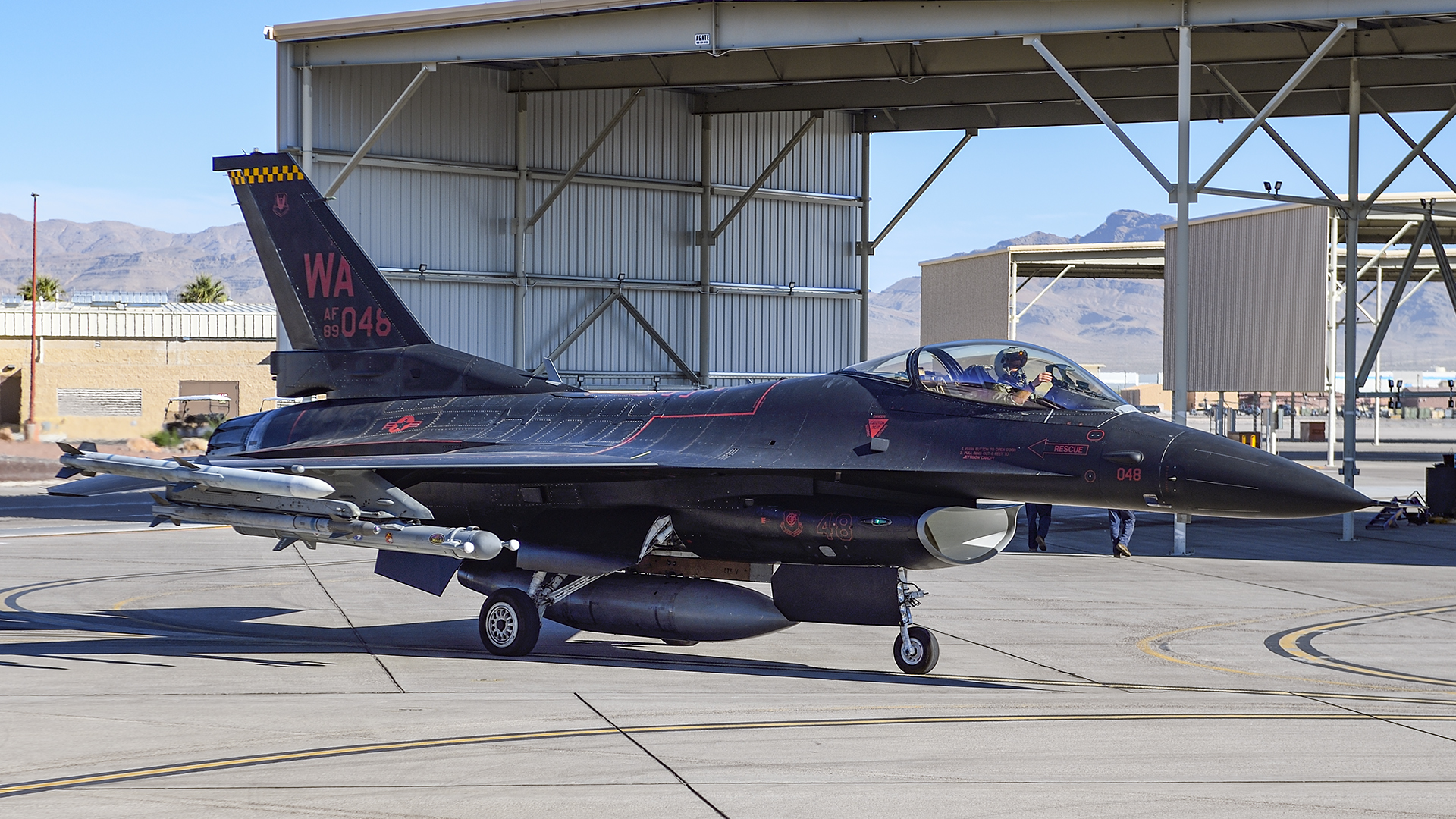
“F-35s have been flying as red air since the inception of the program,” he added. “The 65th AGRS now allows us to do this professionally and in a more organized manner. We will be able to provide the combat air forces [Joint and Coalition], a standardized replication template so we are all training at the same level.” The 65th AGRS participated in Exercise Red Flag 22-3 as a first formal outing with its F-35s, and during The War Zone’s visit to Nellis was preparing for Red Flag 23-1.
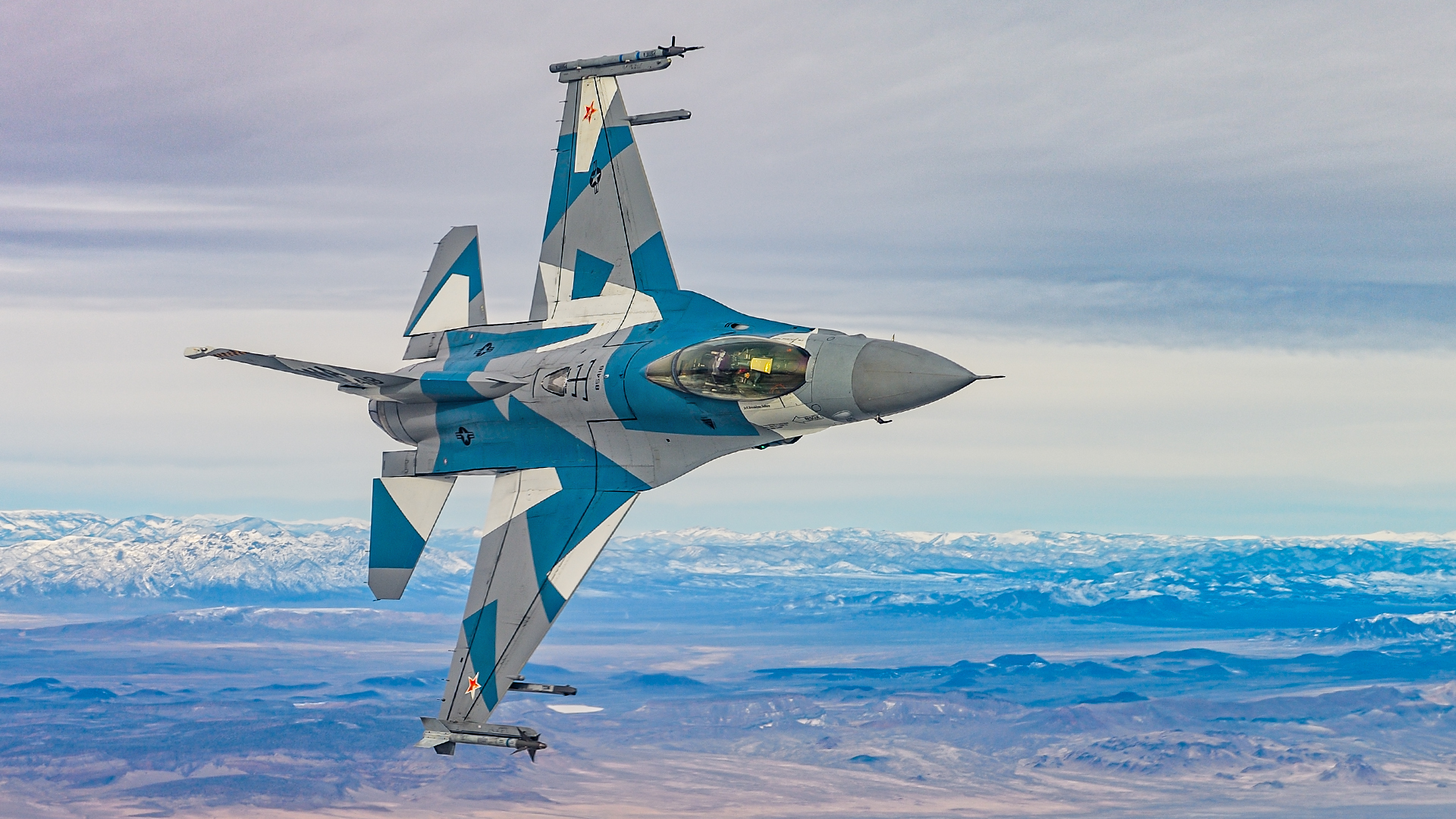
The 65th has been mandated to specifically cater to Chinese threat replication, but it holds a wide mission. “The 65th will look to replicate any advanced fighter regardless of country,” Nauta comments. “No specific aircraft is in mind, but again, the F-35 will allow replication of aircraft that the current aggressor squadron aircraft force is unable to replicate.”
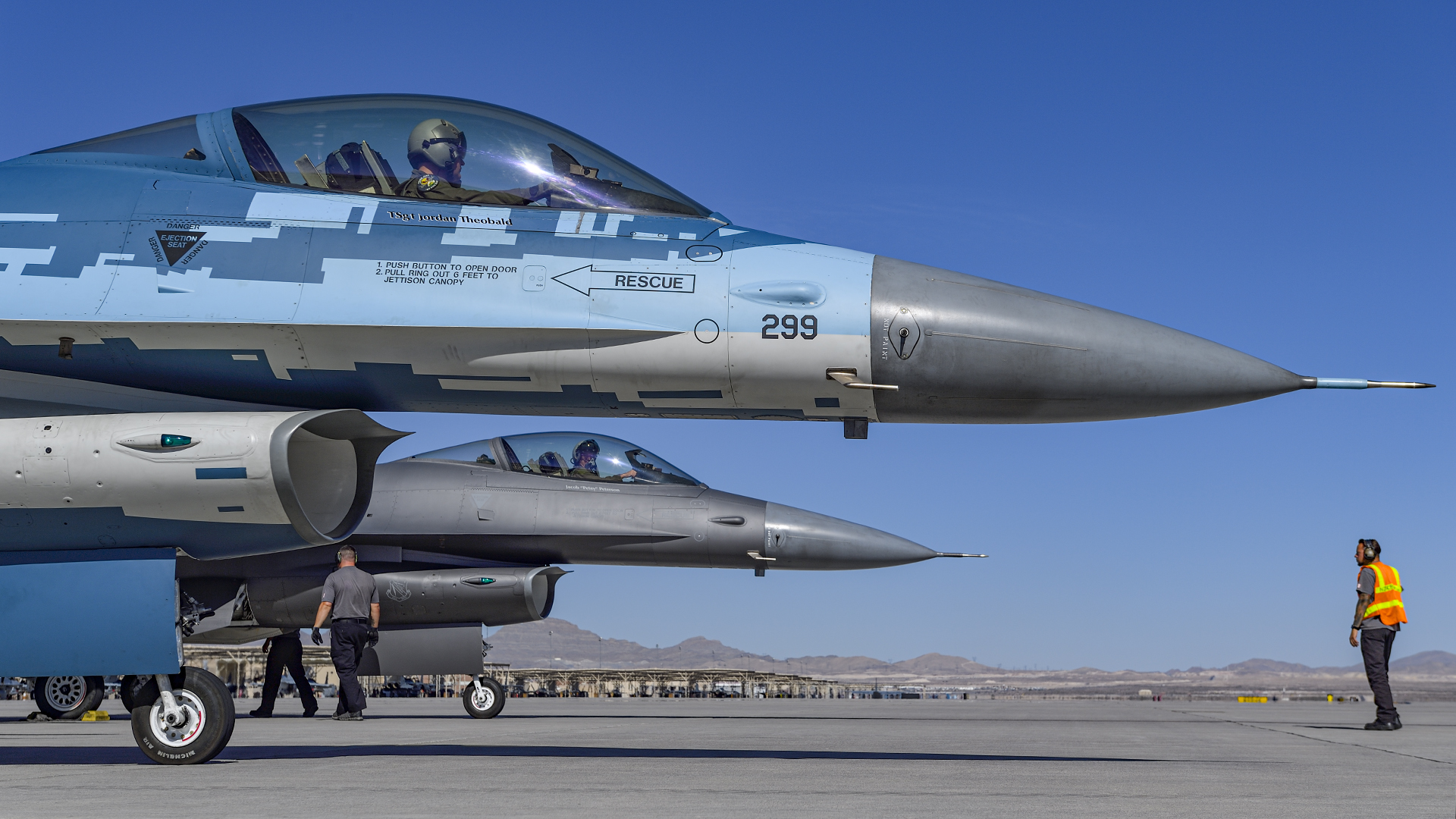
“It goes back to our leaders’ focus on the Indo-PACOM theater,” explains Lt. Col. Finkenstadt. “In order to meet the threat in that AOR [Area Of Responsibility], they desire both numbers and a higher-end threat replication — and that’s what we’re here for. So [as well as the F-35s] we are upgrading our F-16 fleet to the maximum extent possible. We’ve enhanced our pre-Block 25 and 32 F-16s by adding 11 post-Block 42/52 F-16s. Those post-Block variants give us a slightly different software capability which allows us to fly with the Joint Helmet Mounted Cueing System [JHMCS] to target off-boresight, as well as the Sniper targeting pod, which is kind of a poor man’s IRST [infrared search and track] because it’s not hard-wired into the aircraft like some of our enemies have with their IRSTs. The Block 42/52 jets also have a more robust datalink capability that allows us to do a bit more advanced threat replication.”
The aggressors’ post-Block F-16s are also likely to fall into line with current USAF F-16 radar upgrade plans to retrofit the Northrop Grumman APG-83 Active Electronically Scanned Array (AESA) radar, which will help to give the Nellis aggressors a further increase in capability.
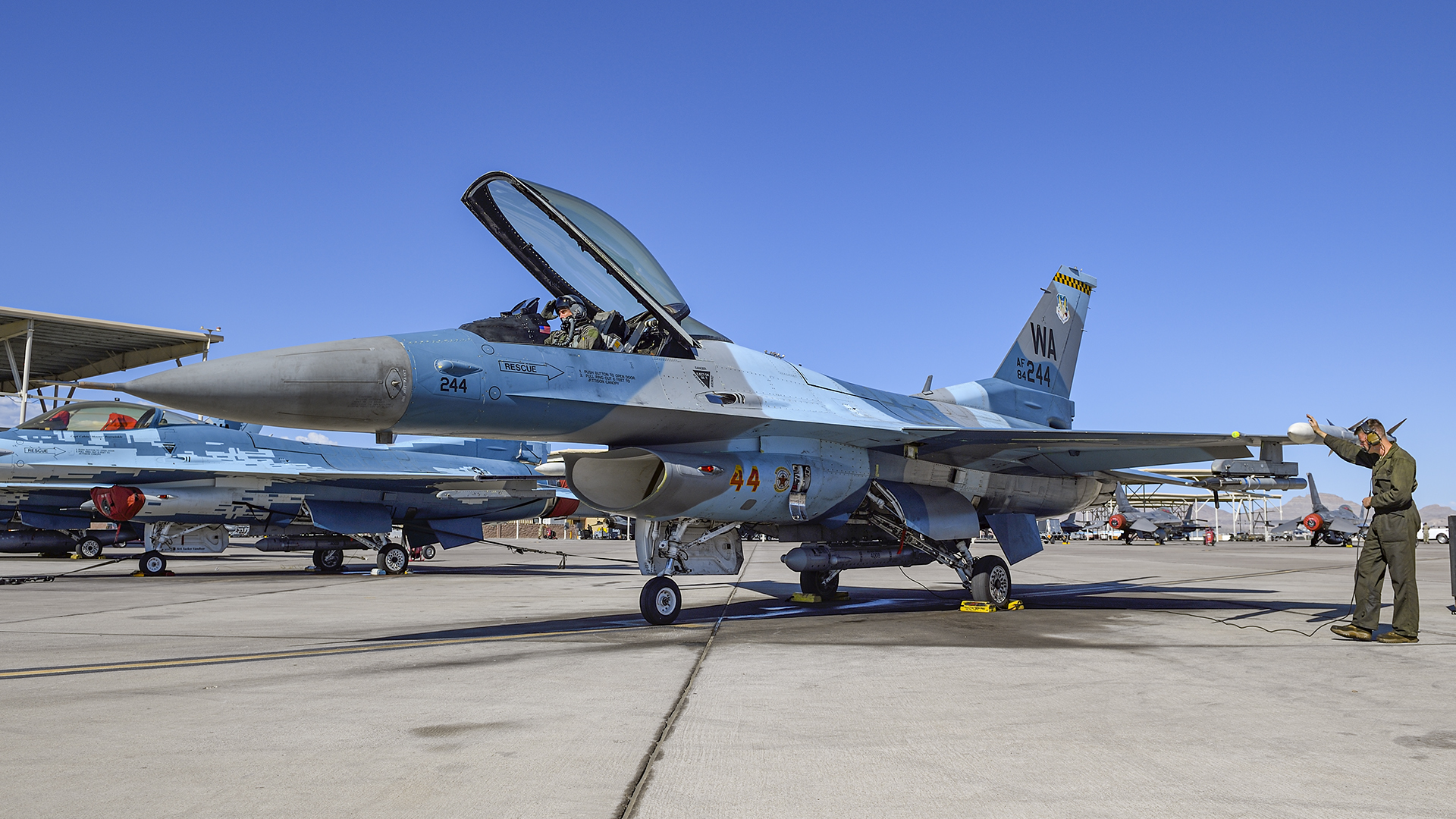
Talking about how the aggressor F-16s and F-35s work together, Finkenstadt says: “It’s about integration with the F-35s where we layer the effect. There are things the F-35 can do that we can’t in the F-16, and that provides a different problem set for the blue forces to deal with.”
With both of the Nellis aggressor squadrons occupying either end of a huge headquarters building, the two units work closely together, and the complex flight scheduling board illustrates how the F-16s and F-35s are sharing missions and working together with increasing frequency.
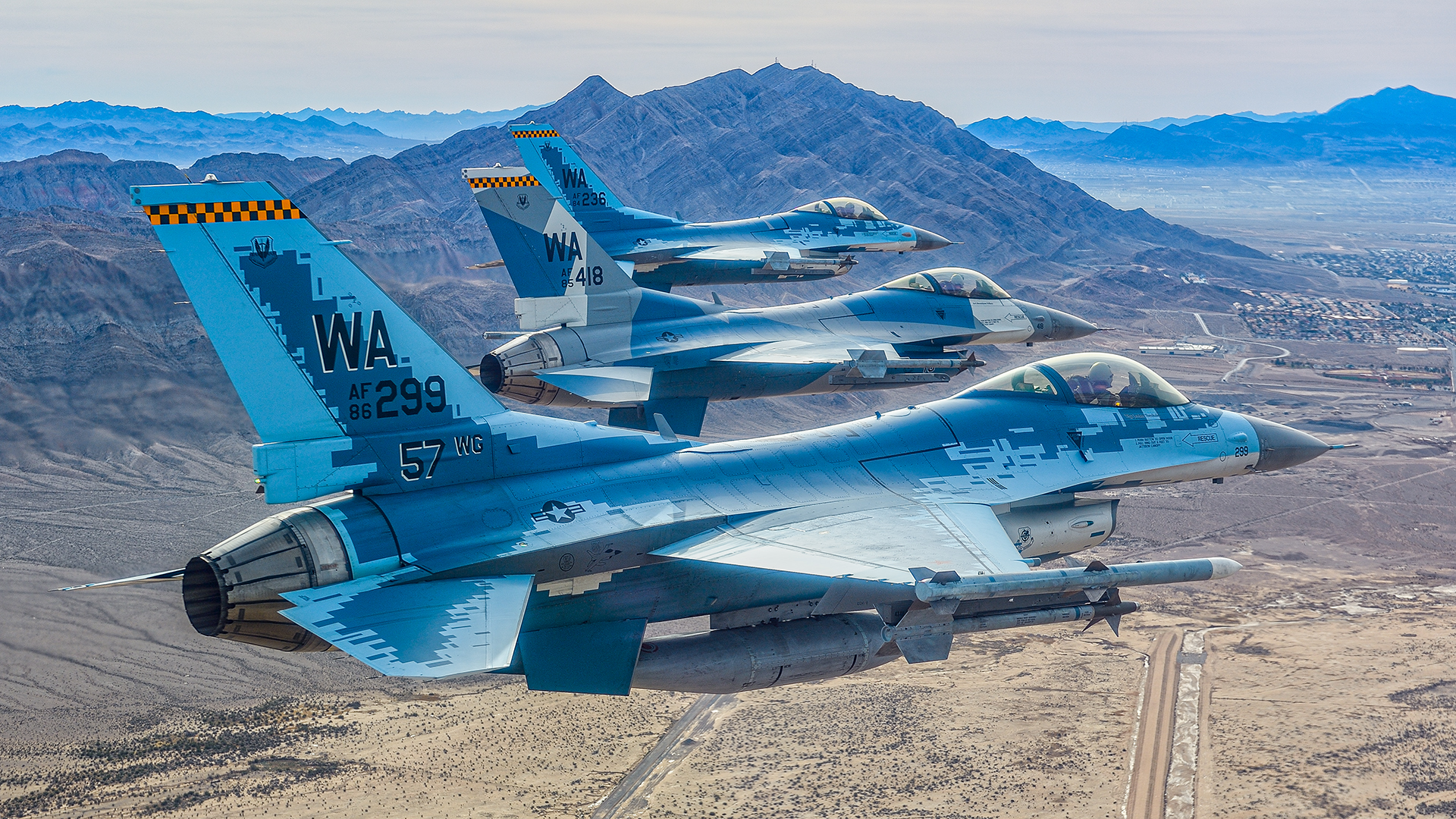
Building on the experience of the 64th AGRS and its F-16 operators, which includes a wealth of seasoned aviators with high flight hours and time at Nellis, the F-35 aggressors are a huge step forward in the push to take visiting squadrons to the next level of competence.
Being able to ‘fight’ an F-35 that is flown by an experienced aggressor, who will be accurately replicating the highest threat-nation fighter capability, in a live training environment, is about as advanced and realistic as any fighter pilot could hope for, without actually coming face-to-face with a real Chinese aircraft.
Contact the editor: tyler@thedrive.com
